Butterflies are everywhere at this time of year. Whilst there are sadly far less of them than there used to be, there’s still plenty to discover. There’s many more species out and about than the few I’ve highlighted below but these species are some of the ones you are most likely to see. The species I’ve shared below are all butterflies I’ve spotted in parks, meadows and gardens.
Small Tortoiseshell
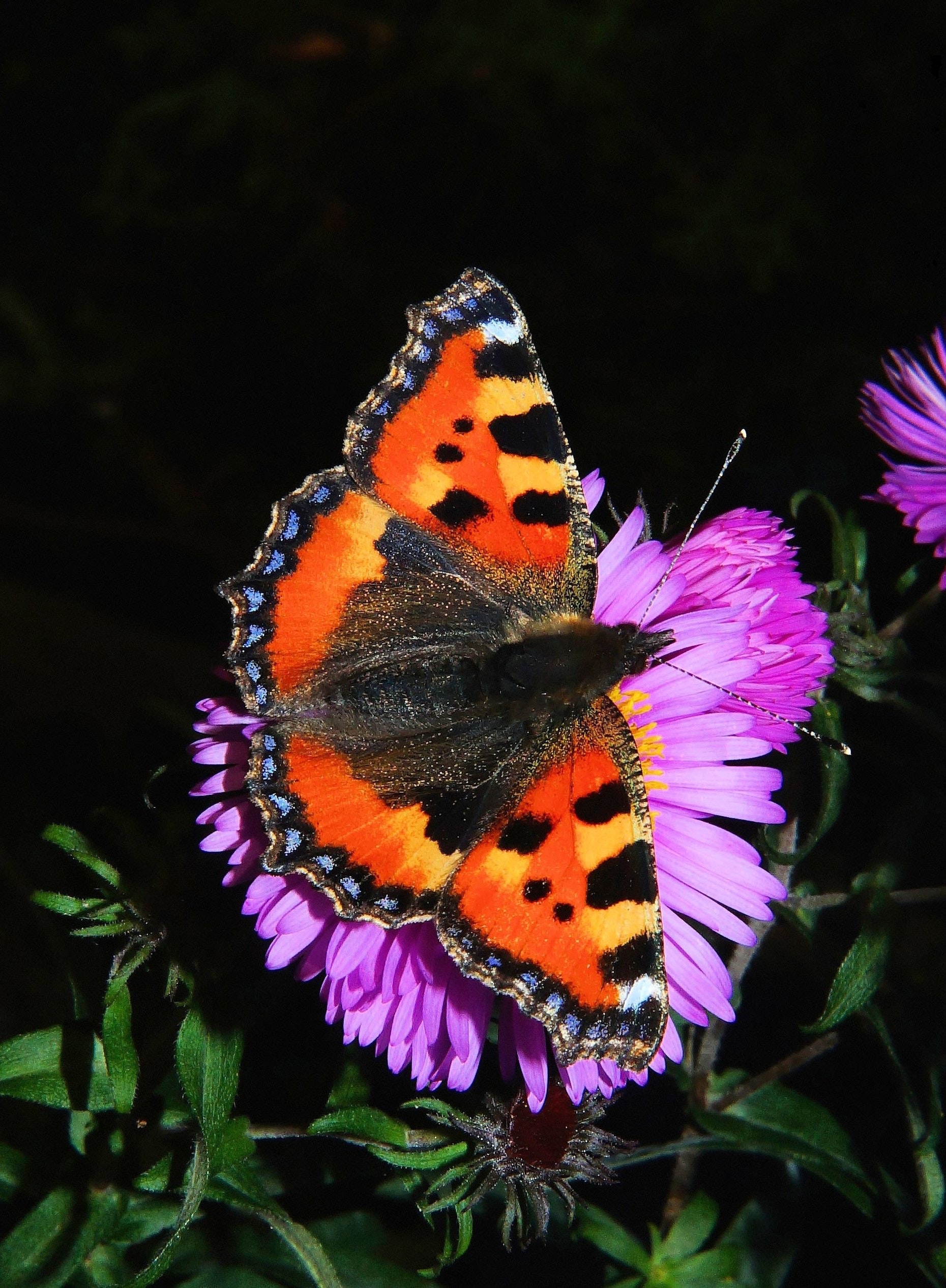
Our most common, widespread and recognisable butterfly. Seeing these pretty insects fluttering about or perched on sunny paths always sparks joy because, for me, they are a herald of spring. They can be confused with painted ladies and commas by the untrained eye. But small tortoiseshells have white, black and orange (with the simplest pattern of the three) and blue dots lining the edge of their wings.
Peacock

A large flashy butterfly with wings marked by iconic silver/blue/yellow eyespot markings. There’s no confusing this butterfly with its dark orange, yellow, light blue and peacock eye signature. These “eyes” aim to confuse potential predators. When flying at a distance they look dark maroon (at least to my eye). They follow a nomadic lifestyle flying through the countryside until they find their favourite habitats on the edges often stopping off on buddleias.
Painted Lady
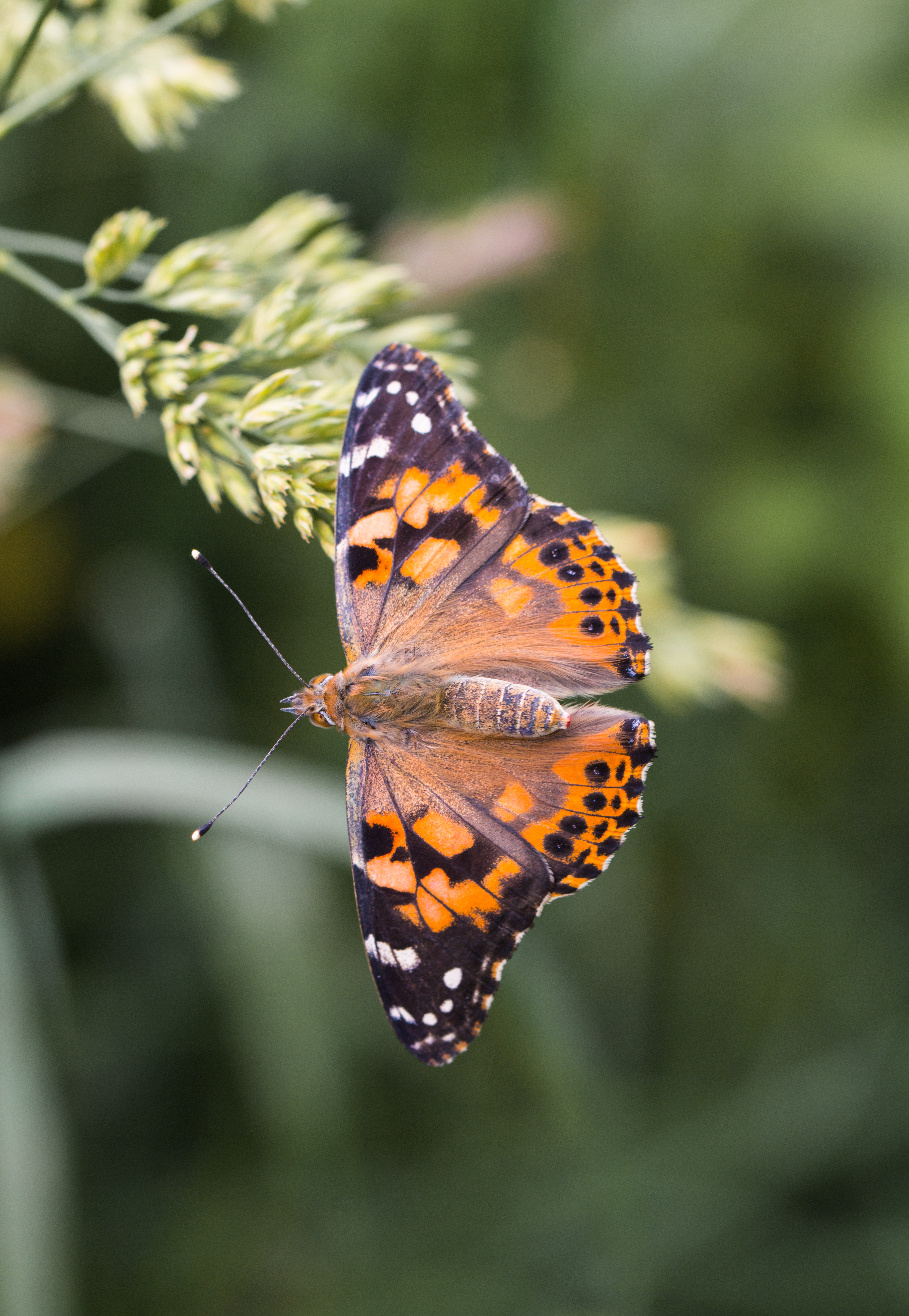
The first time I saw one of these I was struck by how unique and exotic it looked. As a long-distance migrant butterfly from East Africa, Middle East and Asia, I wasn’t wrong about it being a little bit exotic! In 2008, 11 million of these beauties descended on our shores. As migrants their population often depends on the weather and so their numbers can vary widely from year to year. These mass invasions happen once a decade or so and we’re in luck! This year marks the next painted lady invasion. Keep your eyes peeled!
Red Admiral
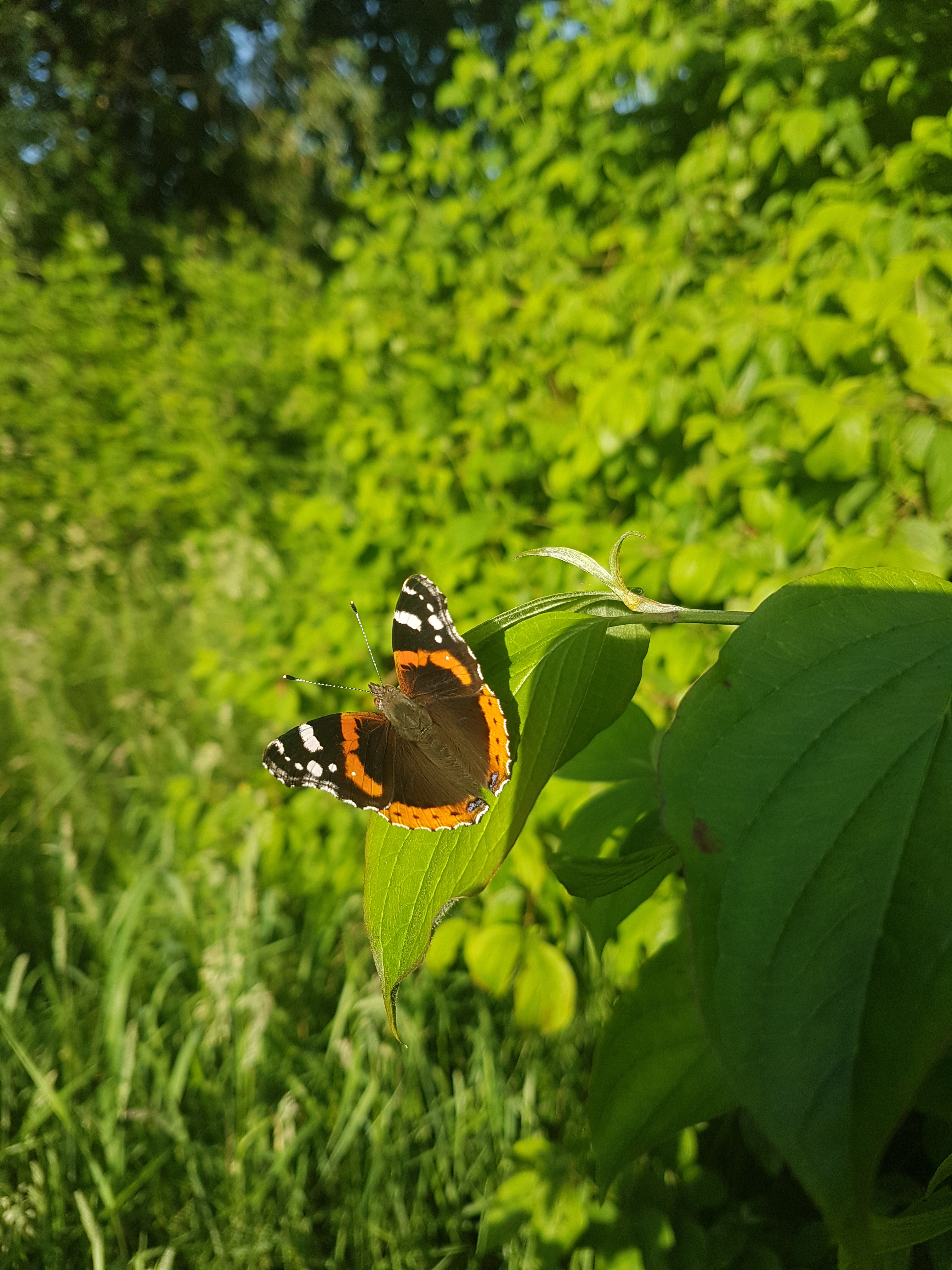
Another migrant from North Africa and Europe, the noble red admiral is my favourite British butterfly. I love their black, white splashed wings with the curved bands of orange/red. So stylish! I was so entranced when I first saw one only a couple of years ago that the magic has stayed with me. On the increase and fairly common, it’s still a special treat to spot one. They live everywhere, from urban gardens to mountains.
Comma

Once you grasp the unique scalloped shape of their wings, these fellows are easy to identify. The wings look spikey when they are flying. Their characteristic wings are bright orange with black dots. The adults hibernate in dead leaves, completely camouflaged when their wings are closed. They have a rare success story, after massive decline in the 20th century these butterflies are now back and thriving across southern parts of the UK.
Ringlet
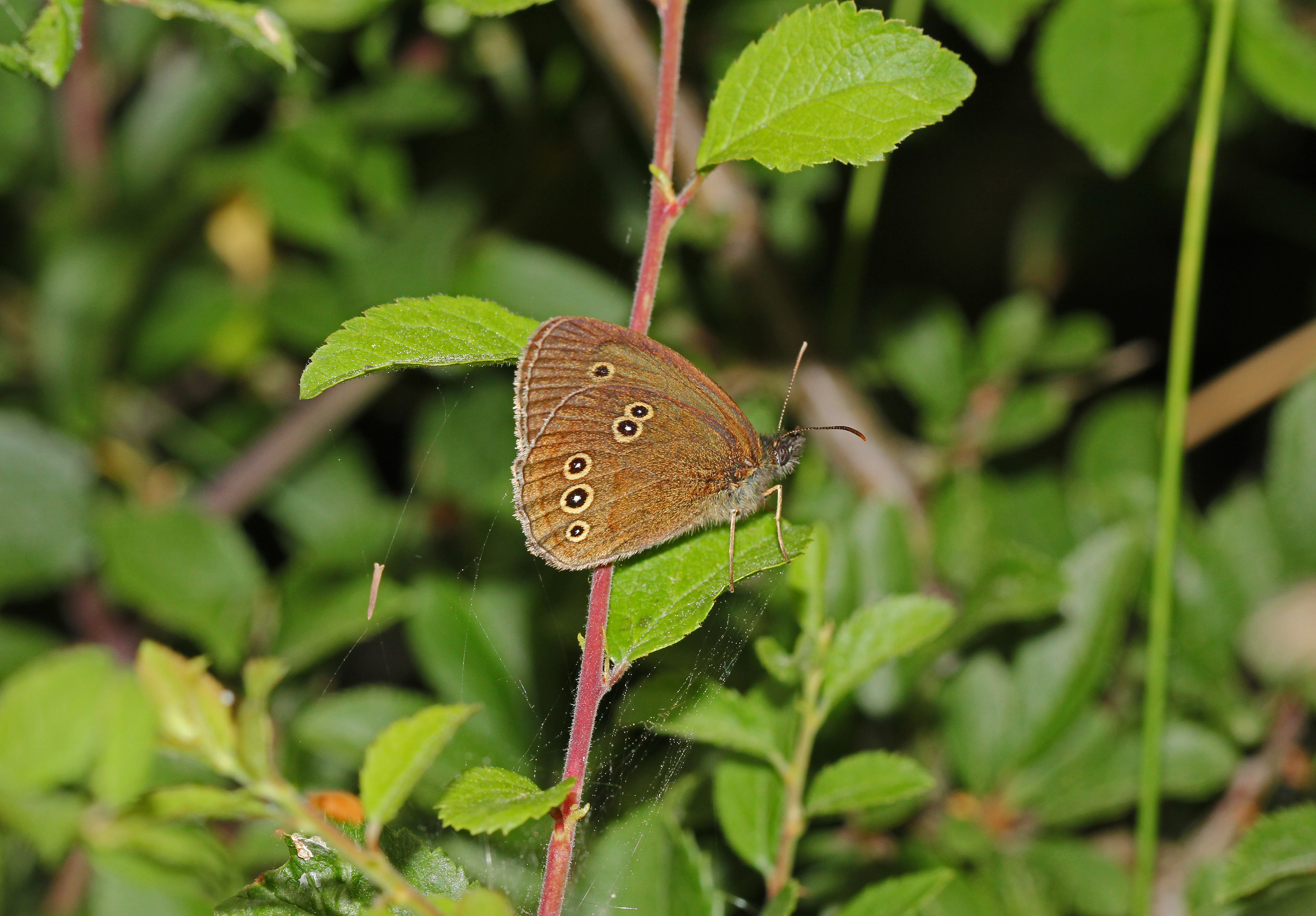
An unassuming brown butterfly that can be hard to spot due to its dark colour and flighty nature. They also only tend to be out when its cloudy and other butterflies are hiding. If you do manage to see one perched, you’ll be treated to the white/creme ringed black dots on both sides of the brown wings that give the butterfly its name.
Meadow Brown
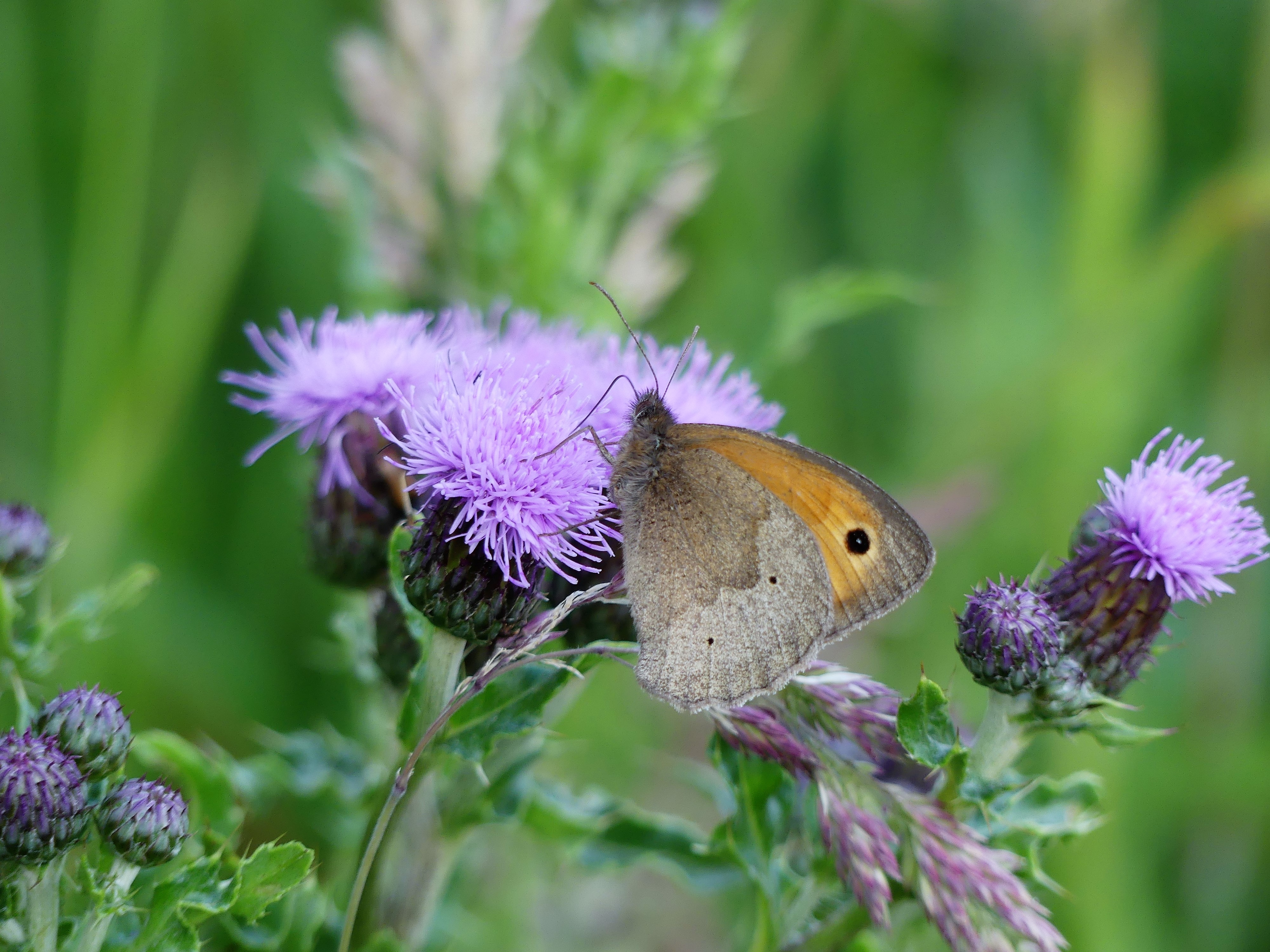
Meadow browns are the most abundant butterflies in many different habitats. If you see one, you’ll probably then see many more. I’ve rarely seen just one on a walk! Their wings are mostly brown with a tinge of orange with black dots at the centre on the upper wings (on both sides). They can have wide variations in the shape and size of the orange patches. They are similar to the less abundant gatekeeper which has larger patches of orange on all of its wings.
Small Skipper
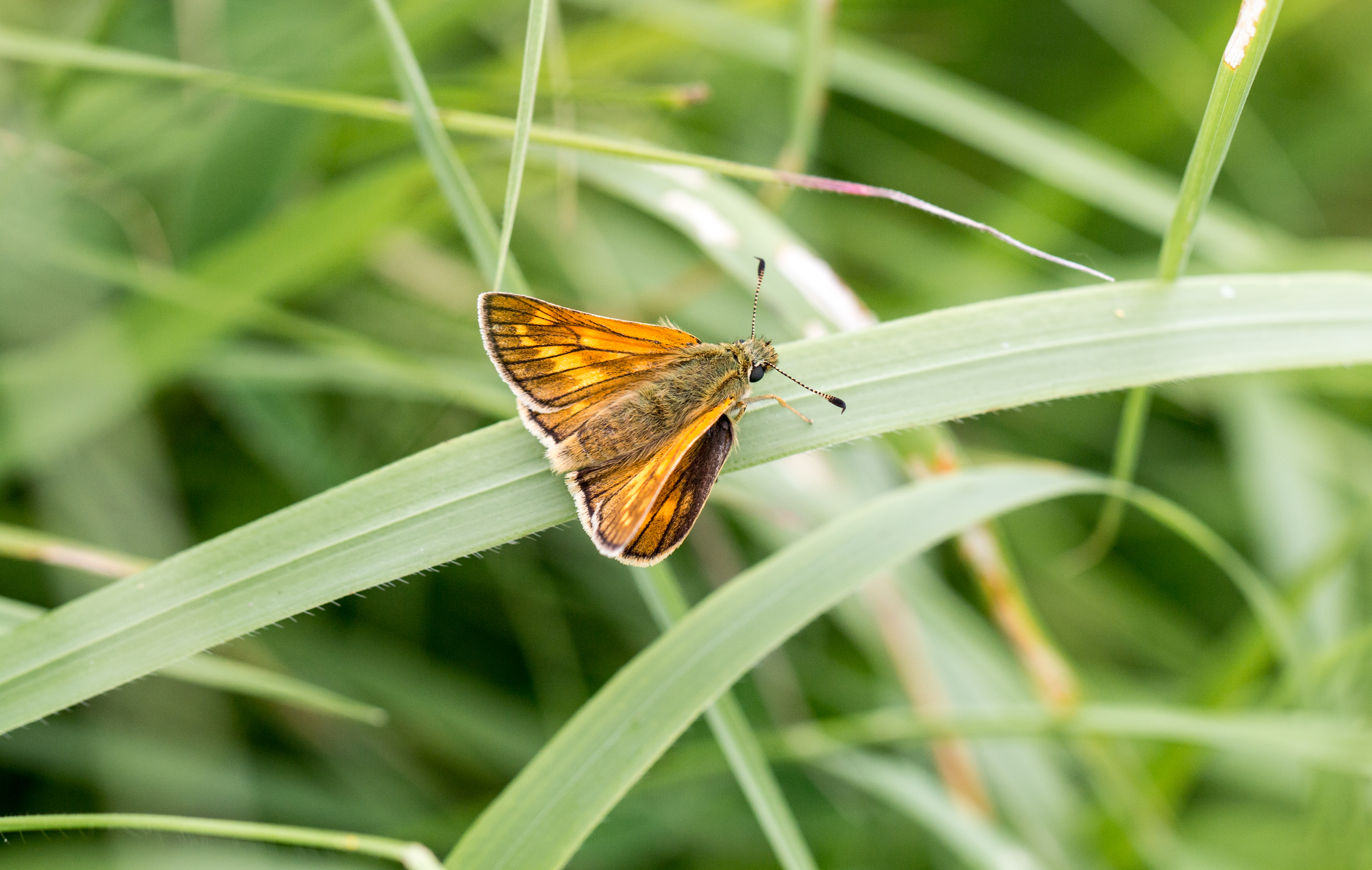
They seem like a strange combination of moth and butterfly with their oddly layered/angled wings and fluffy bodies. Look out for small triangular flashes of bright orange in the grass. Or you might spot groups of them darting about. They are agile flyers that skip through long grass. I love small skippers, they are adorable with their little triangle wings and extra fluff.
Common Blue
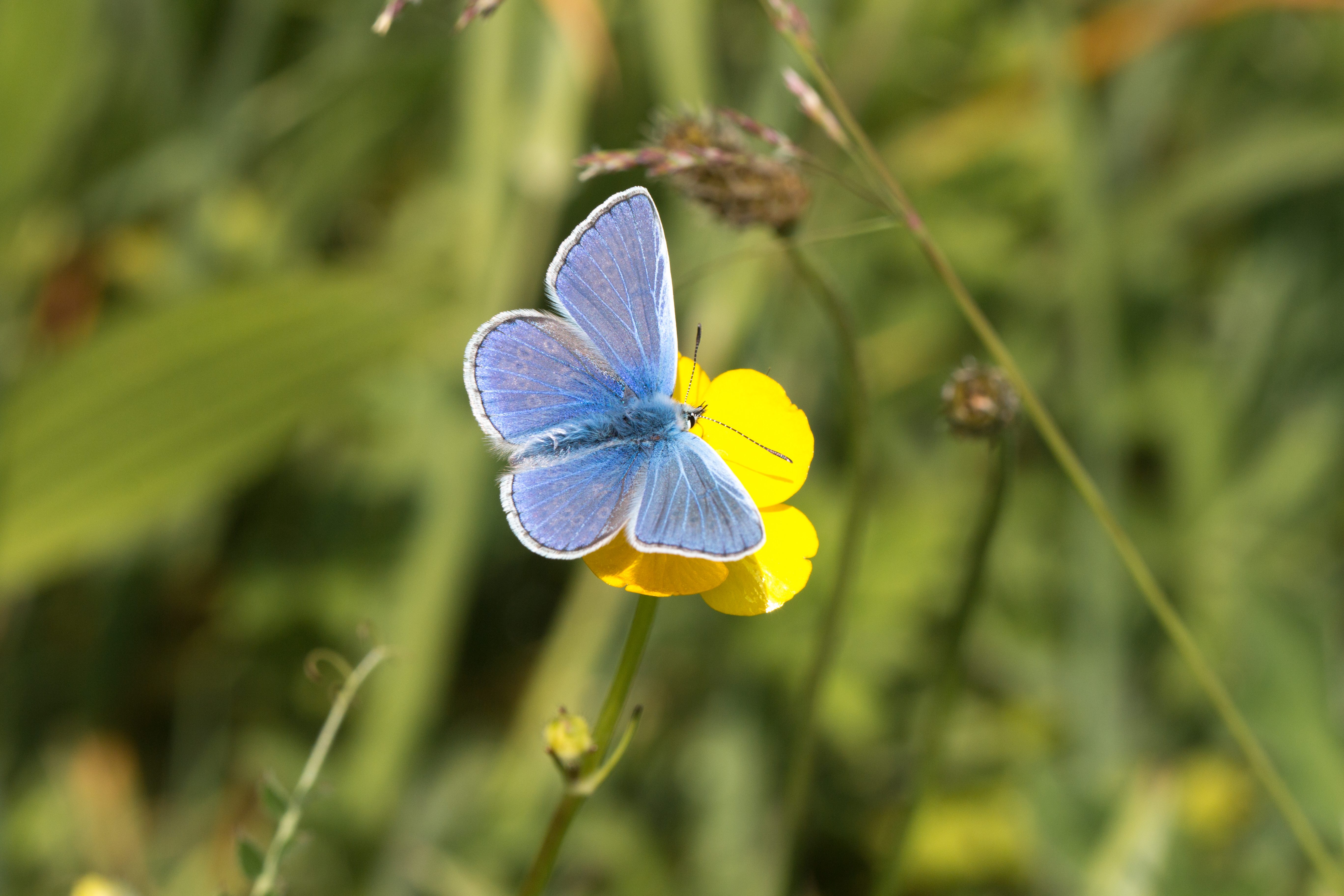

Similar to the holly and chalkhill blue butterflies, this is the most common of the blues (aptly named!). The veins on its wings don’t extend to the end of the wing like the other blues. They are mostly found in grassy places.
Six-Spot Burnet
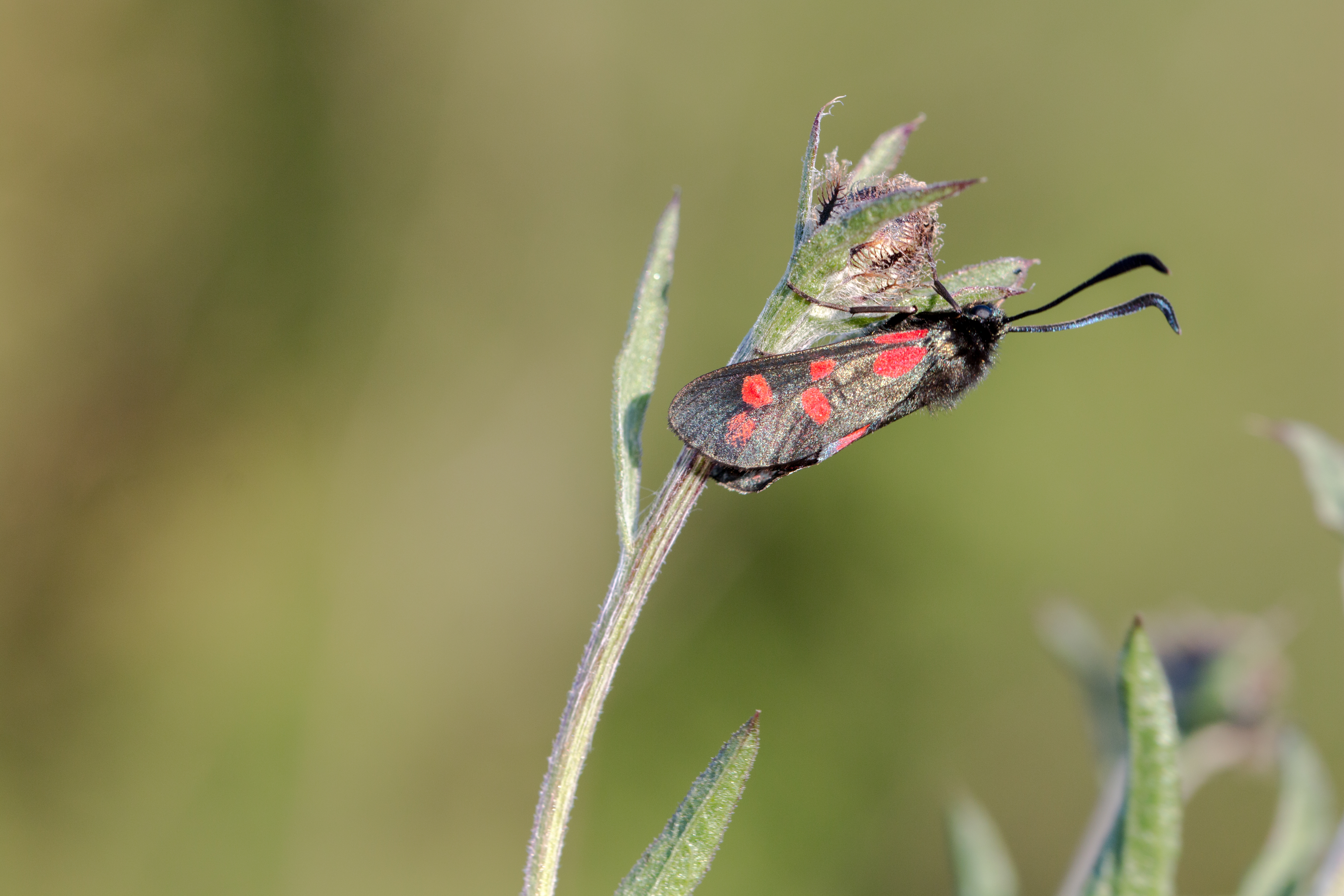
This is actually a moth not a butterfly. But it’s a daytime moth with stunning wings that can compete with the most colourful butterflies! Pinky red spots on a silvery black wings. You’ll often see them alongside the above butterflies perched on long grass. Similar to cinnabars and five-spot burnets, you’re more likely to see this common widespread moth.
Enjoy spotting butterflies? Take part in Butterfly Conservation’s Big Butterfly Count by 11th August to help their work and track how well nature is doing.
If you enjoyed this post, you might also like:
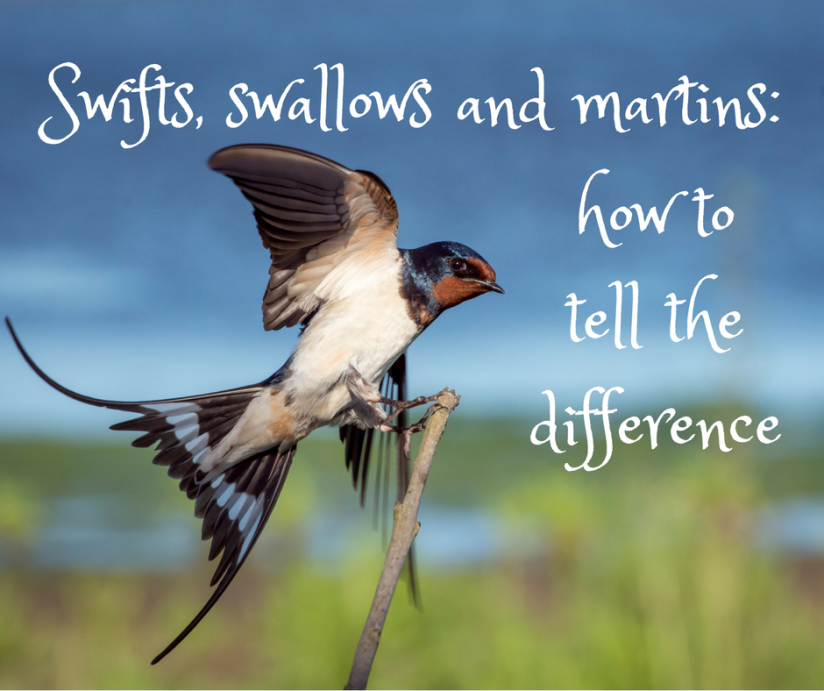
What’s your favourite UK butterfly? Follow my blog below for more wildlife facts and ID tips!
Thanks to Butterfly Conservation for the facts, any mistakes made are my own or come from my personal experiences butterfly spotting. Most of the photos were taken by my talented partner, please do not copy or reuse.


1 thought on “UK butterflies to spot in summer”